More than 5Lakhs understudies apply for this test consistently. In any case, the quantity of seats is restricted, making the opposition extremely intense.
Do we have one essential inquiry for why the CLAT test was introduced? In 2007 the NLU was making things hard for some higher optional understudies. The NLU had its tests and significant tests like IIT JEE and AIPMT. It brought about understudies passing up specific tests. In 2006, Varun Bhagat documented a Public Interest Litigation(PIL)in the high court of India against the association of India and NLUs. The PIL requested NLUs to lead a solitary regulation selection test. The high court coordinated the presentation of a Common Test. Along these lines, the CLAT test was begun to dispose of or lessen this weight from LAW applicants.
Before beginning the CLAT readiness, applicants should go through the test example and schedule to acquaint themselves with the test conspire and the inquiries posed in the assessment. The CLAT schedule will likewise help the applicants become familiar with the sectional circulation of imprints.
CLAT SELF PREPARATION BENEFITS:
- No voyaging involved – Candidates learning at home will not need to go. Thus, they can invest this energy in test arrangements or even unwinding. It will keep up-and-comers new and chomping at the bit to go.
- Less chaotic – Instructing out of the menu means the competitor will have sufficient opportunity to design their review plan loosely and intensively.
- Coursebook driven study is conceivable – Unlike the training establishments which command that applicants utilize the organization gave notes, up-and-comers planning for CLAT at home can utilize an assortment of study material. It brings variety, and the competitor can overcome comprehension of a subject. Recall the reading material pretty much covers different ideas inside and out, giving different models
- The competitor creates investigating abilities – Self-study can be an extraordinary method for fostering one’s examination abilities. To foster these abilities, read a theme. However, take the pen and paper out and begin rehearsing issues given toward the finish of the section or the finish of the book.
- Taking assistance of educators and friends – Being out of the training milieu, the aspirants are allowed to look for help from changed gatherings to clear questions and get troublesome ideas. In any case, here, one should be mindful of determining such individuals cautiously.
Step by step instructions to PREPARE FOR CLAT ON OWN:
Planning for the CLAT test alone is not a troublesome assignment assuming that you have a very organized concentration on arrangement and readiness methodology.
Begin Your Preparation Early
Beginning early is the best arrangement you should not overlook while getting ready for the law entrance exam. It would help if you tried to begin your readiness right on time, no less than a half year – 1 year ahead of time, so you will possess adequate energy for your planning and revision. With enough time nearby, you will want to cover every one of the points according to the schedule, reconsider it, and practice through the mock tests.
Make the Study Plan
Before beginning, the groundwork for CLAT, the above all else significant thing is to have a very much arranged concentrate on time for yourself.
A decent planning methodology will assist you with managing more troublesome and chaotic points efficiently.
It would be best to give equivalent significance to every one of the subjects in your simple review plan.
If you are familiarised at any point, give less time to that subject. Conversely, designate more opportunities for the point you are feeble.
Know the Pattern and Syllabus
To know, the inquiries posed in the test are presently cognizance based. In this way, monitoring the schedule and example make it simpler to give extra consideration to themes that convey more weightage.
Endeavour Mock Tests
Assuming that you are self-reading up for the CLAT test, endeavouring a false test is essential for your preparation. Attempting somewhere around 1-2 fake tests week after week will assist with surveying your planning levels and attempt to conquer mistakes. Furthermore, with the assistance of CLAT Mock Tests, you can also construct your certainty levels.
Right off the bat, you are expected to zero in on your assets and shortcomings and apportion the time appropriately. Additionally, making the review arrangement for the CLAT test relies upon your capacity and the number of days left for the test.
Significant TOPICS FOR CLAT:
The CLAT test is separated into 5 areas: English Language, Current issues and GK, Legal Reasoning, Logical Reasoning and Quantitative Techniques. Each segment requires an alternate arrangement of approach and outlook.
ENGLISH LANGUAGE:
The English Language part of CLAT tests the Grammatical Knowledge and English capability of a wannabe investigation the capacity of the contender to assess an entry of twelfth class level.
- Perception entries
- Subject-action word arrangement
- Thing
- Pronoun
- Descriptive word and determinant
- Verb modifier
- Dynamic detached voices
- Jargon
- Equivalents
- Antonyms
- Spelling mistakes
CURRENT AFFAIRS AND GK:
The current undertakings and GK are planned to examine the profundity of comprehension of occasions of importance and issues. But, by and large, the accentuation is on recent developments and ongoing turns of events. Therefore, these themes should be covered while planning for the CLAT significant points for the current undertakings and GK.
- Banking and money
- Blueprint of the Indian economy
- Indian duty structure
- Public pay of India
- Lawful essentials and terms
- High court decisions
- Lawful sayings and significant milestones
- Significant ventures in India.
CONSISTENT REASONING:
The consistent thinking part of the CLAT test tests the capability of a hopeful to recognize contentions and examples.
- Consistent riddles
- Cause and impact thinking
- Similarities
- Contentions and ends
- Arrangements
- Proclamations suppositions
- Proclamation contentions
LAWFUL REASONING:
The lawful thinking of CLAT is intended to check if the hopeful can distinguish the standard and current realities from the section.
- Lawful realities
- Lawful phrasings and implications
- Circumstances or frameworks of legitimate issues
- Public strategy
- Moral philosophical enquires
QUANTITATIVE TECHNIQUES:
Before endeavouring the quantitative procedures section, candidates ought to examine the graphical data introduced in the inquiry paper.
- Fundamental polynomial math
- Insights
- Benefit and misfortune
- Mensuration
- Time and work
- Numbers
- HCF and LCM
- Divisions
- Logarithms
- Rate










































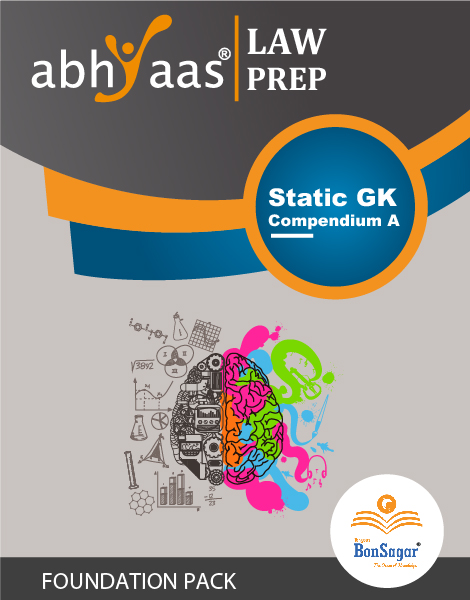






























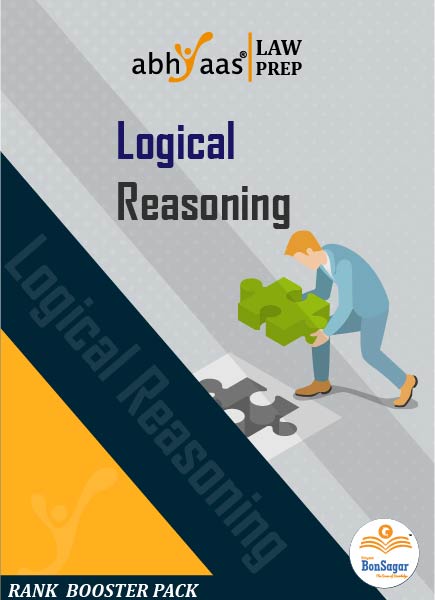

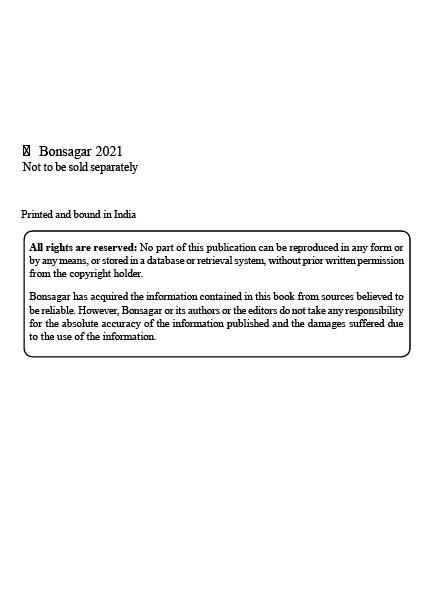









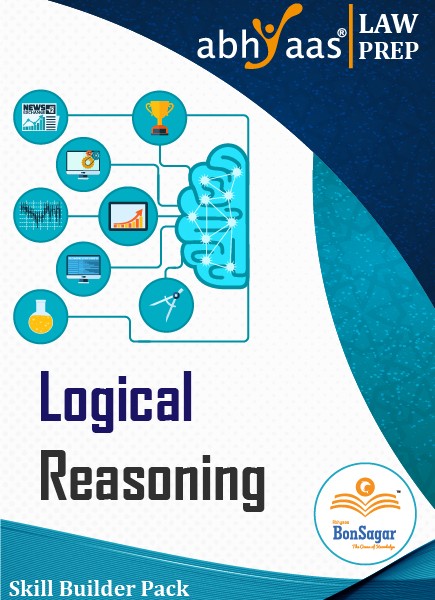













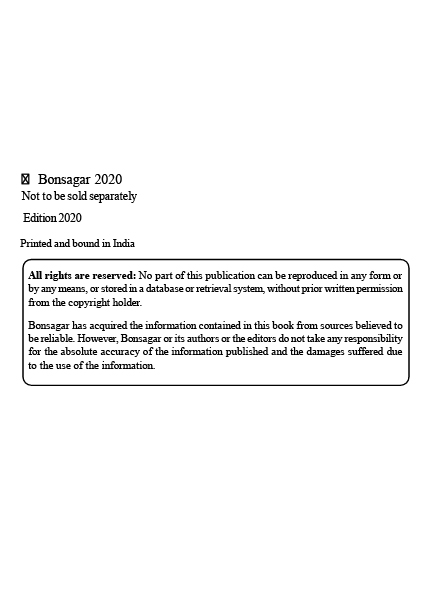




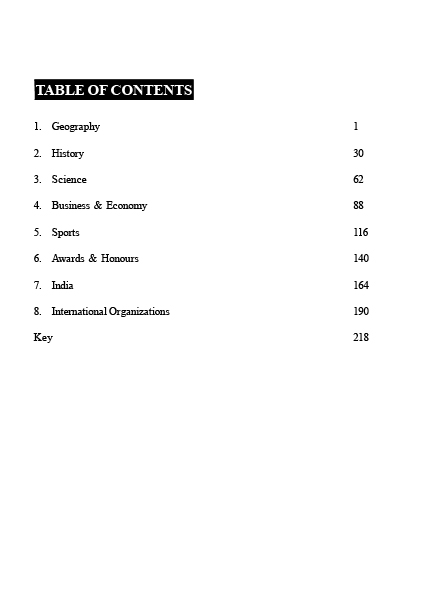








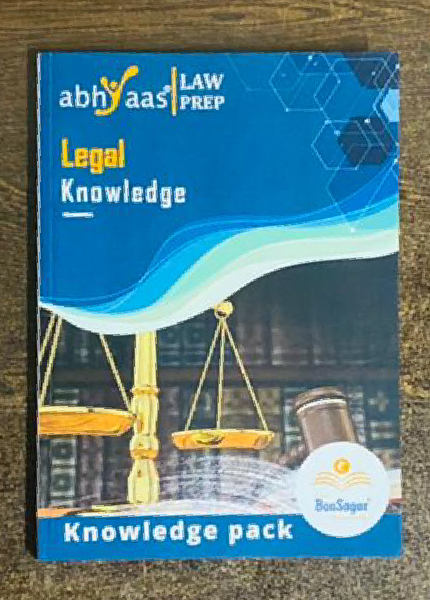




Sampath Bandari –
Good